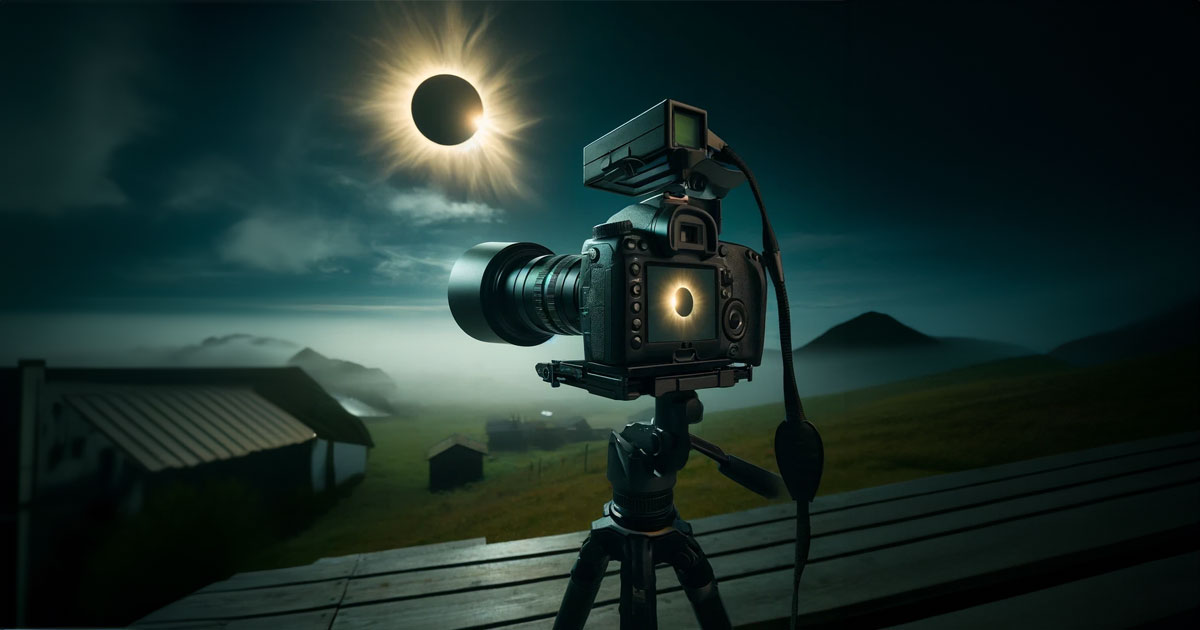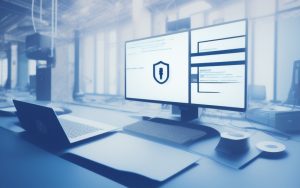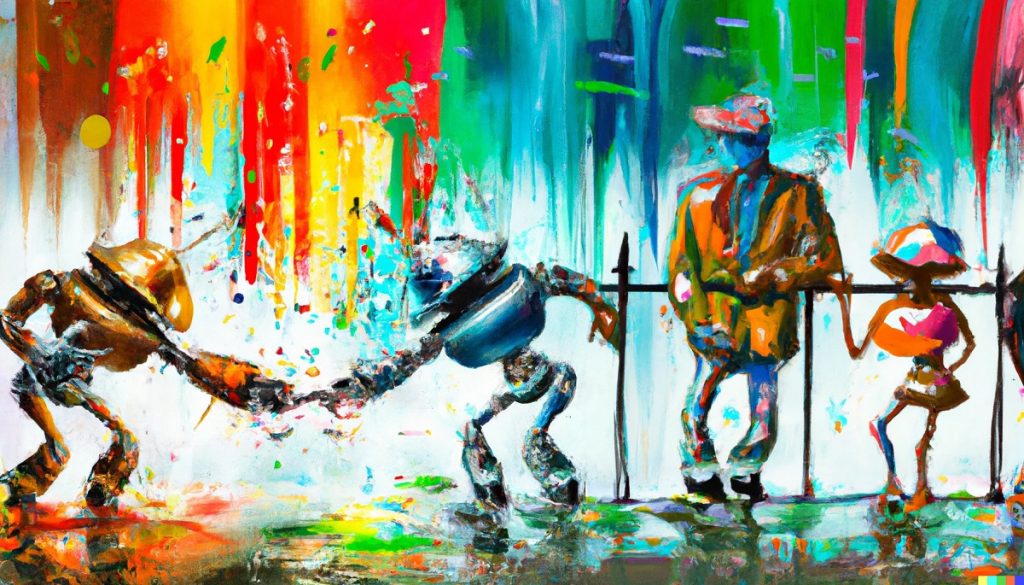When a camera is used to photograph a solar eclipse, several factors and precautions need to be considered to ensure both the safety of the camera equipment and the photographer, as well as to capture a clear image of the event:
- Damage to the Camera Sensor: Pointing a camera directly at the sun during an eclipse without proper filtration can damage the camera’s sensor. This is especially true during the partial phases of an eclipse when the sun’s full brightness is not obscured.
- Using a Solar Filter: To safely photograph the sun during an eclipse, a solar filter should be used. These filters are designed to reduce the sun’s brightness and block harmful ultraviolet and infrared radiation. Without a solar filter, the intense sunlight can cause permanent damage to the camera’s sensor.
- Camera Settings: Photographing a solar eclipse requires manual adjustment of the camera’s settings. The photographer needs to adjust the ISO, aperture, and shutter speed to accommodate the varying levels of light throughout the different phases of the eclipse.
- Focusing: Auto-focus may not work well during an eclipse due to the unusual lighting conditions. Manual focus is often recommended to ensure the sun is sharp in the images.
- Using a Tripod: Given the long focal lengths often used to capture detailed images of the sun, a tripod is essential to stabilize the camera and prevent blurry photos.
- Photographing Different Phases: Different phases of the eclipse (partial, total, annular) require different approaches. For instance, during totality, it’s safe to remove the solar filter and capture the corona’s details, but the filter must be in place during the partial phases.
- Practicing and Planning: It’s important to understand the timing of the eclipse phases and plan the shots in advance. Practice sessions capturing the sun on days leading up to the eclipse can help fine-tune the settings and approach.
- Eye Safety: It’s crucial to remember that the precautions for protecting the camera sensor also apply to your eyes. Never look directly at the sun without proper eye protection, even while aligning the camera or looking through an optical viewfinder.
By following these guidelines, photographers can safely capture the beauty of a solar eclipse, creating stunning and dramatic images.




